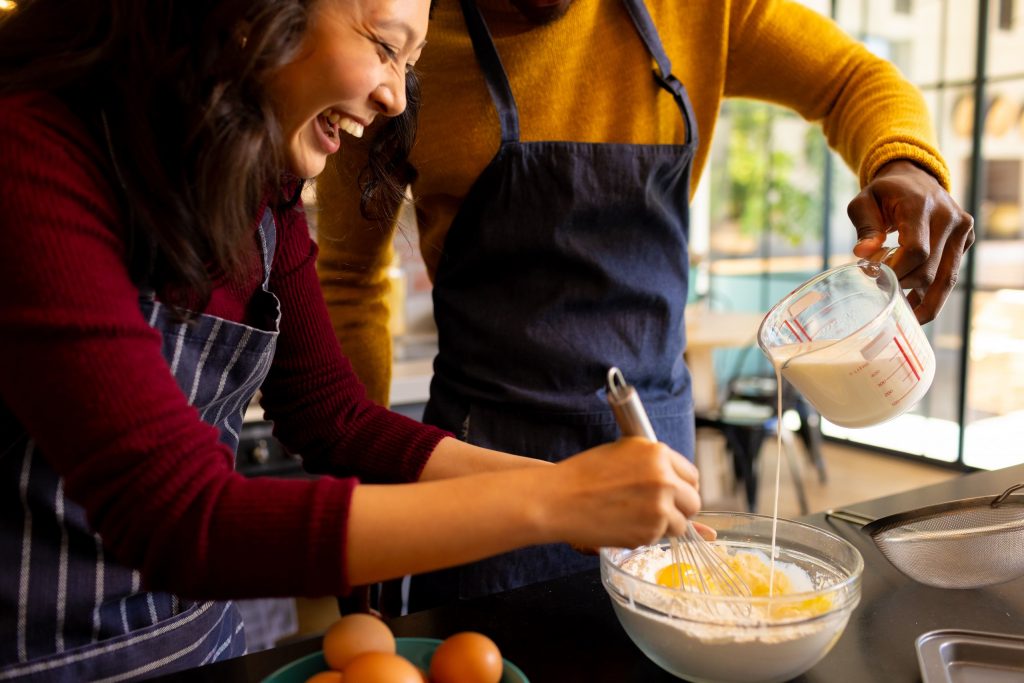In the world of food blogging and recipe content, a picture really is worth a thousand words — and sometimes a thousand clicks. Stunning food photography can instantly grab attention, make your recipes irresistible, and significantly boost engagement on your blog or social media. But you don’t need expensive gear or professional training to take mouthwatering photos. With a few simple tips and thoughtful techniques, you can showcase your dishes beautifully and elevate your food content.
In this article, we’ll walk through essential food photography tips that every food content creator should know to make recipes visually compelling.
1. Use Natural Light Whenever Possible
Natural light is the best friend of food photographers. It creates soft, flattering shadows and highlights the true colors of your dish. Whenever you can, shoot near a window during the day, avoiding direct sunlight that can cause harsh shadows or blown-out spots.
If natural light isn’t available, use soft, diffused artificial light sources and avoid overhead kitchen lights that create unflattering glare.
2. Choose the Right Background and Props
A clean, uncluttered background helps your dish stand out. Neutral tones like white, wood, or muted colors often work best. Use props sparingly — a rustic wooden spoon, a fresh herb sprig, or a simple napkin can add context without overwhelming the food.
Think about the story you want to tell: a cozy homemade feel, a bright summer vibe, or an elegant dinner party — and select props that support that mood.
3. Focus on Composition and Angles
Composition rules like the rule of thirds, leading lines, and framing can make your photos more visually appealing. Experiment with different angles — overhead shots work well for flat dishes like salads or pizzas, while side angles highlight the layers in cakes or burgers.
Don’t be afraid to get close and capture texture or zoom out for a styled table scene. Variety keeps your audience engaged.
4. Keep Your Styling Natural
Food should look appetizing but not overly styled or artificial. Avoid over-garnishing or using too many colors that distract from the main dish. Sometimes, less is more.
Capture the food as it would be enjoyed — a slight steam rising from a bowl, a fork with a bite taken, or a drizzle of sauce being poured can add life to your photo.
5. Edit Thoughtfully
Post-processing can enhance your photos but use it to subtly improve lighting, contrast, and color balance rather than drastically altering the food’s appearance. Apps like Lightroom, Snapseed, or VSCO offer user-friendly editing tools.
Maintain a consistent editing style to create a cohesive look across your blog or Instagram feed.
6. Tell a Story Through Your Photos
Just like your recipes, your images should tell a story. Show the cooking process, ingredients, or final plating. A series of photos—from raw ingredients to the finished dish—can engage readers and provide context that inspires them to try the recipe.
Conclusion
Great food photography is achievable with some practice, patience, and attention to detail. By using natural light, thoughtful composition, natural styling, and subtle editing, you can make your recipes look as delicious as they taste — helping you attract and retain an enthusiastic audience.
Want to learn more about integrating photography into your food content? Our Recipe Content Mastery course covers essential photography and styling techniques tailored for food creators of all levels.

